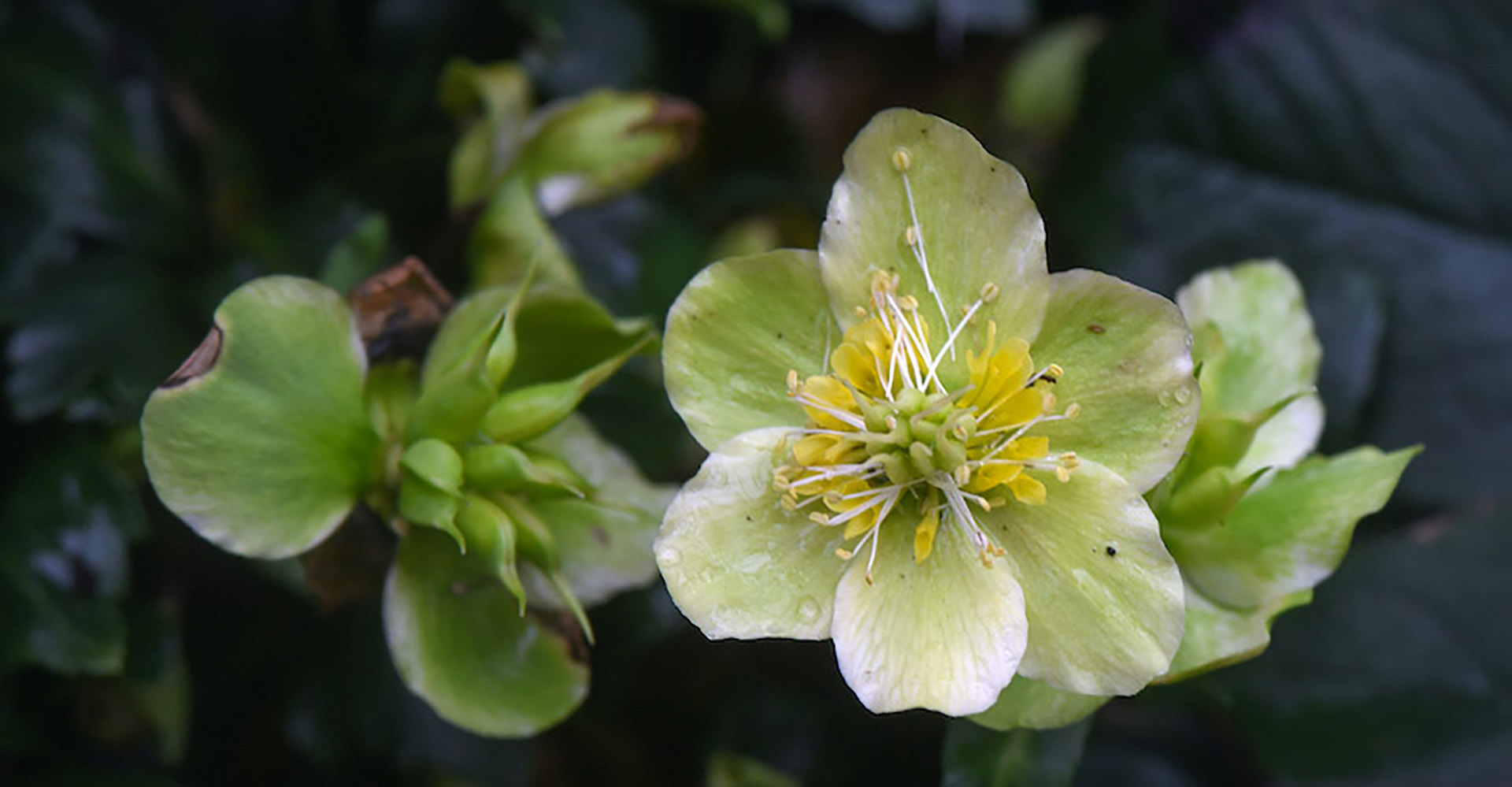
Gardening Green with Doug
Doug’s Favorite Deer-Resistant Plants and Flowers
By Doug Oster
June 2, 2021
My opponent calmly looks over while pausing for a moment as it chews on the leaves of my neighbor’s tree. A young buck with only a single velvet antler is just 50 yards away on the other side of the picket fence which guards the vegetable garden against the herd.
He’s unconcerned as I wave my arms wildly, yelling like an idiot, jumping up and down in a futile effort to spook the intruder.
The deer does seem intrigued — just for an instant though — then calmly continues to feast on the foliage of the tree. With my trusty little pup in tow, I walk out of the garden, around the fence, and as I forcibly crack a branch with my feet, the deer looks over again, seeming annoyed, stomping its right hoof and snorting. Eventually, he slowly sauntered away towards the freshly planted flowers next door.
Make no mistake about it, deer will eat just about anything. Even more confounding is that each herd eats differently.
Young deer in particular, without a mature mentor to show them the ropes, use trial and error to discover what’s edible in the garden. This explains plants being ravaged after a decade of no damage.
My vegetable garden has become a haven for lilies, hostas, tulips and other favorites of the dreaded deer. Outside of that safe zone though, plants are on their own.
How to Protect Your Garden Against Deer
The first step in dealing with the deer is some kind of physical barrier. Deer netting around a shrub, a fence or even heavy fishing line will all work in different applications.
The next step is a deer repellent, and there are many. I use one called Bobbex, but they all work pretty well.
The last step is to grow something they don’t enjoy. Perennials have been mostly unmolested in my garden, that doesn’t mean the deer won’t taste them in yours.
Deer-Resistant Plants
Perennial plants will come back year after year and are the backbone to many gardens, complimented by annuals which flower during the frost-free climate of spring, summer and into fall. While annuals are in bloom for most of that time, a perennial usually has a shorter bloom period. Many are prized for their foliage.
When discussing perennials in general, the first on my list is always Corydalis lutea as it blooms from April to November, is carefree, deer resistant and will grow just about anywhere. It spreads by seeds, not invasive underground runners, and it will form a beautiful colony in just a few years. The flowers hit their peak in early summer and can even be used in containers thanks to their long bloom time. This indestructible plant makes a wonderful addition to any garden.
Anemone or windflower is a late bloomer. Tall varieties dance in the breeze, hence the name. ‘Queen Charlotte’ is one of my favorites with pretty purple buds and blooms along with an interesting white cottony seed head. The deer sometimes nibble on the foliage early in the season but don’t seem to enjoy the taste. There are many different colors, shapes and sizes to fit any landscape for late summer blooms.
Agastache has fragrant foliage reminiscent of anise and blooms in mid-summer. ‘Blue Fortune’ is a popular cultivar, and the plant is also a great pollinator plant too. There’s a wide variety of types offering different colors for full sun.
Siberian iris flowers are blooming right now, ‘Caesar’s Brother’ is a good one, but there are lots of great varieties. The plant will bloom in full sun to part shade.
Although the deer visit hydrangea arborescens early in the season in my garden, it’s left alone for most of the summer. Not to be confused with H. macrophylla or mop head hydrangea, arborescens is a reliable bloomer that flowers on new growth. Even though it’s technically a shrub, it’s nice to include something a little bigger, for the back of the border for the deer-resistant garden.
When the deer find the plant, they don’t seem to enjoy it and do a sort of selected pruning. ‘White Dome’ is a favorite with pure white flowers which pollinators can’t resist. It will bloom in full sun or part shade and gets at least eight feet tall.
‘Invincibelle Spirit’ has beautiful pink flowers, is tough as nails and will bloom just about anywhere. A portion of the proceeds goes to breast cancer research too.
There are two different types of hellebores that I grow which the deer don’t bother. H. orientalis or Lenten Rose blooms in early spring and H. niger or Christmas Rose starts blooming in November. I have seen deer eat a flower of H. niger but never the leaves. Both plants are evergreen and beautiful. The spring bloomer has been worked on by breeders and has a multitude of different colors and variegations in the flowers.
The perennial hibiscus (not the tropical version), is a great late summer bloomer with flowers that can be as big as a dinner plate. This sun lover will take some shade and there are lots of different shapes, colors and sizes of plants.
I’ve fallen in love with the shade-loving genus of ligularia. Especially ‘Britt Marie Crawford,’ which I write about often. The foliage and stems are green, bronze and purple set off with orange, daisy-shaped flowers. Even though ligularia is said to like moist soil, I’ve never watered this cultivar and it thrives.
Shade-loving foxglove is mostly biennial, although there are perennial versions. They grow foliage the first year, and then flower the next and die. They produce so many seeds though, once the plant gets going, they will come up where they are happy year after year.
Salvia can be either annual or perennial and both are deer resistant. Salvia ‘May Night’ is a great cultivar. It will produce purple flowers in early summer for six weeks. As it starts to fade, deadhead the plants, water and add fertilizer. When it’s ready, it will bloom again towards the end of the summer and last until a hard freeze.
Meadow rue is an easy-to-grow perennial that blooms in late spring. Mine grow along the outside of the picket fence and the deer walk right by.
Other perennials include lamb’s ears, columbine, rose campion, delphinium, brunnera, veronica, poppies, peonies, lavender, bearded iris and more.
Gardening with deer can be frustrating, but the battle can be won. It’s not easy, but it is satisfying to see the blooms and foil those garden marauders.
You’ll still see me waving my arms though and yelling when I see them on the edge of the garden.
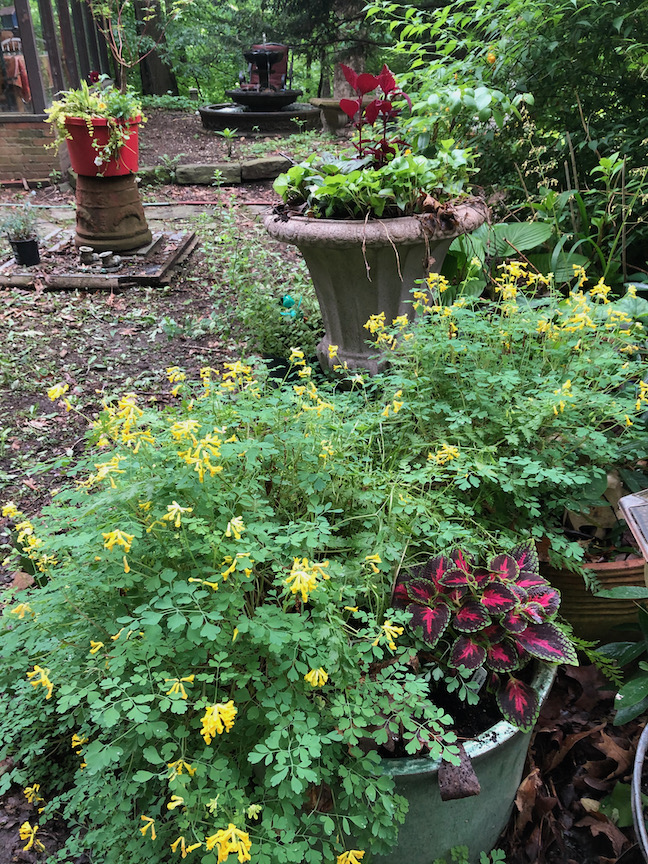
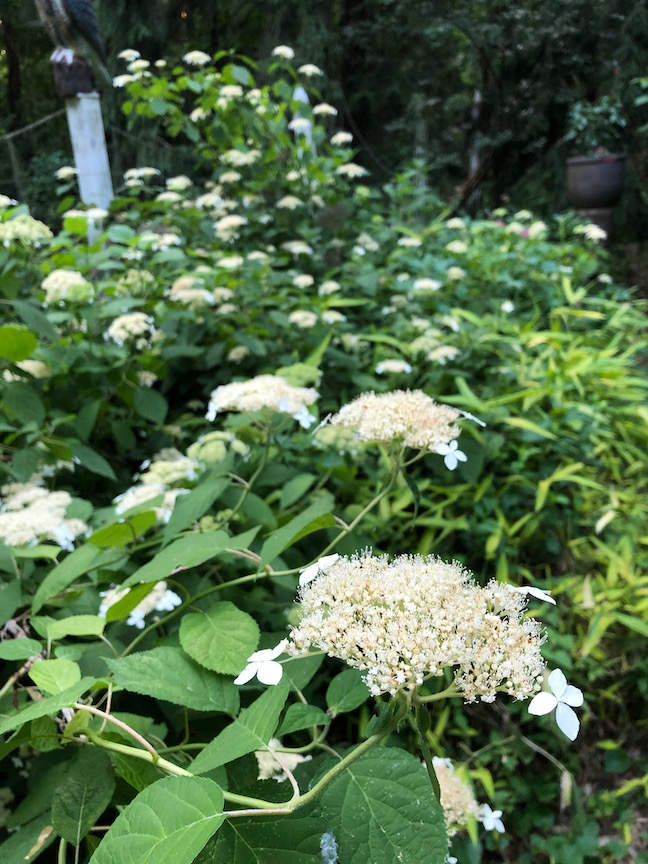
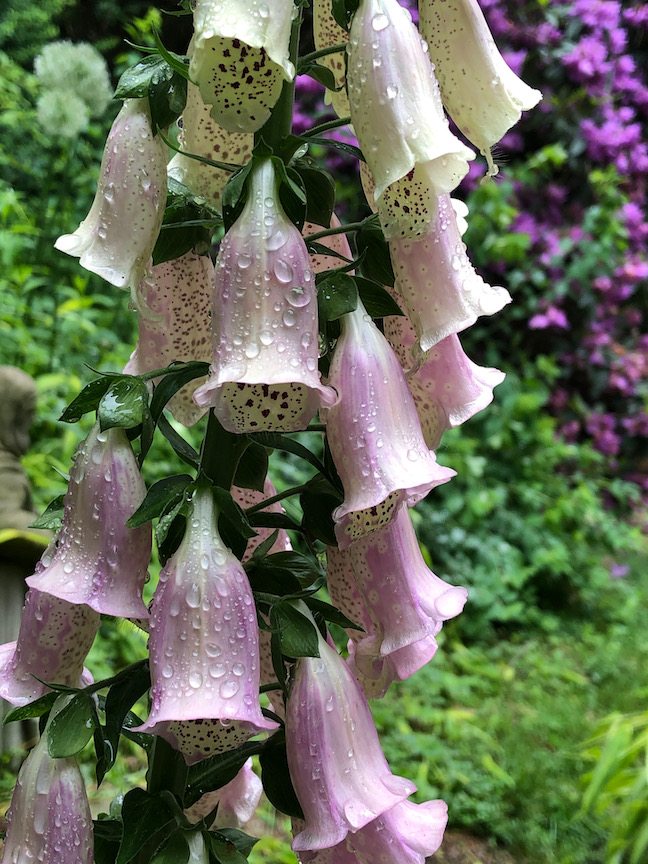
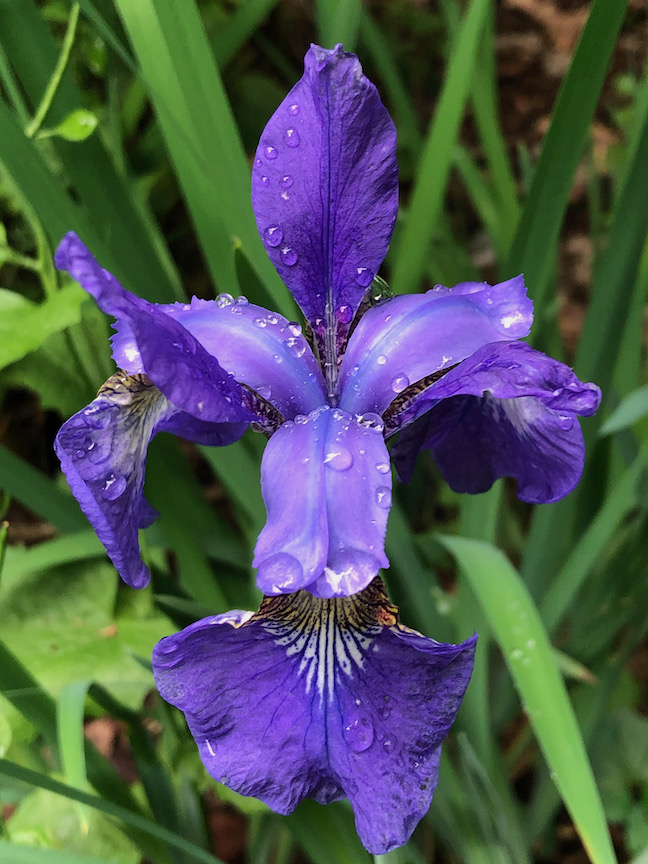
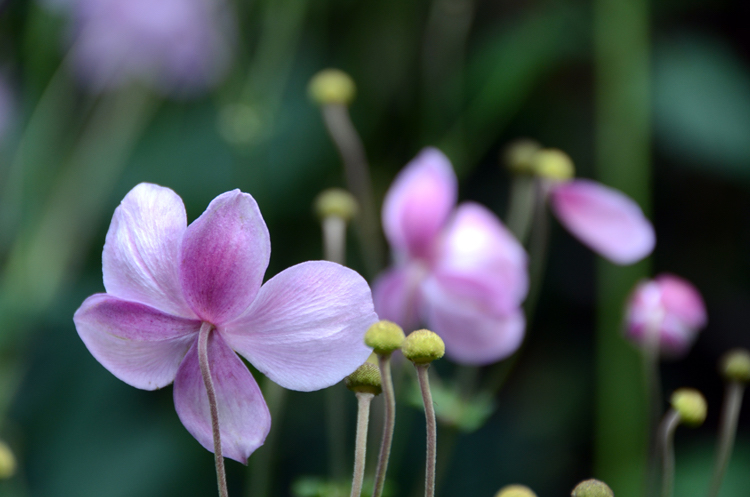
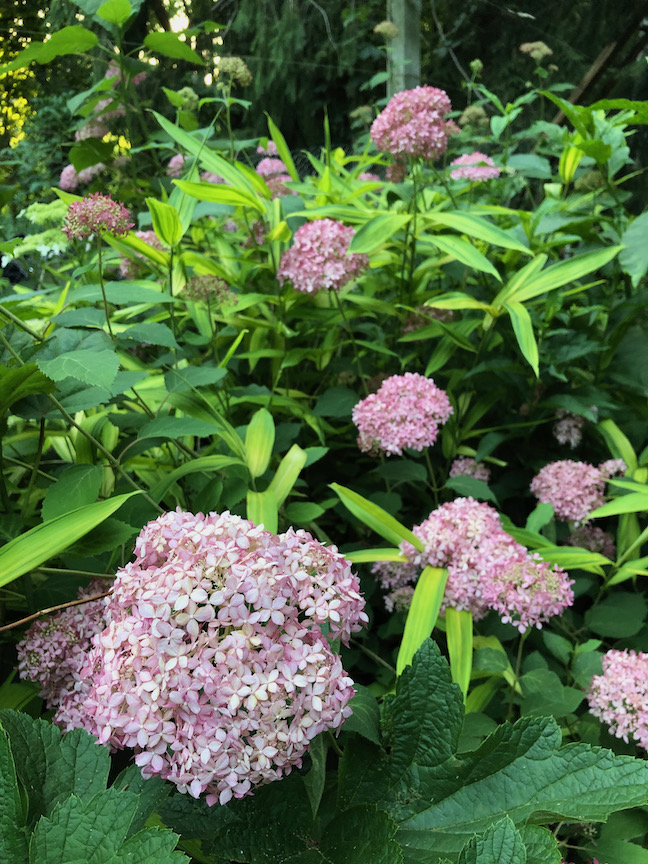

[…] lover grown for its chartreuse foliage. It grows to three feet or so wide and tall. This plant is deer-resistant, carefree, and is a perfect addition to light up a shady […]